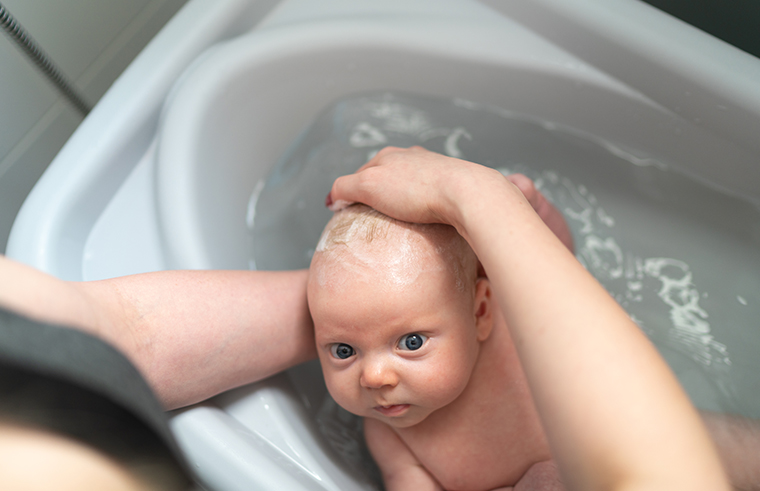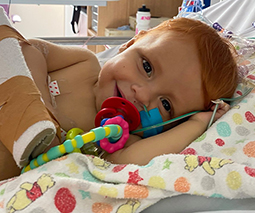Belly button business: What’s an umbilical hernia and does it need treatment?

Babies’ belly buttons are a source of endless fascination for parents. While many of us spend the first couple of weeks monitoring our newborn’s umbilicus and making sure it’s healing properly, it’s worth noting that some babies take quite a bit longer to sort their belly buttons out because they have an umbilical hernia.
Here’s what you need to know about this common condition:
What is an umbilical hernia?
An umbilical hernia is an atypical bulge or swelling that may be seen or felt (or both!) at site of the belly button aka the umbilicus.
These hernias aren’t painful and can vary in size. Some are hard to see, while others are clearly visible.
The hernia can appear more prominent when a baby is crying, coughing or straining.
How common are umbilical hernias?
Umbilical hernias are common in babies, with premature and low birth-weight babies being more susceptible to this condition.
Why do umbilical hernias occur?
Umbilical hernias occur when the small opening in the abdominal wall at the umbilicus does not close properly before birth.
How should umbilical hernias be treated?
Generally umbilical hernias sort themselves out and close up naturally, on average between the ages of two and five. In fact, a whopping 90 percent will have closed up by two years of age.
Does my baby need surgery?
If the hernia hasn’t closed up by the age of three, your doctor may begin to discuss surgery as an option.

Sometimes in children younger than three, surgery is also recommended. This is because some hernias don’t resolve themselves as expected, while others may get bigger.
Surgery may be needed if the hernia becomes incarcerated (this means the hernia is unable to be pushed back manually) or strangulated (where it’s cutting off the blood supply to the intestines).
Does this hernia surgery cause a scar?
This correction procedure is performed under a general anaesthetic and will leave just a tiny scar under the child’s belly button.
Children recover quickly from this surgery and are often up and playing happily again on the same day as their procedure.
Can parents treat the hernia themselves?
Special dressings or straps to ‘cure’ the hernia are not advised and can damage the surrounding skin.
If you’re concerned about your child’s belly button, head to your family GP for advice.








